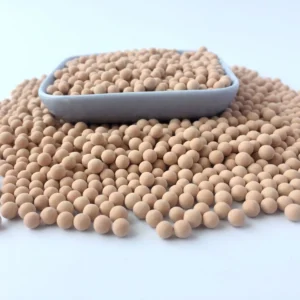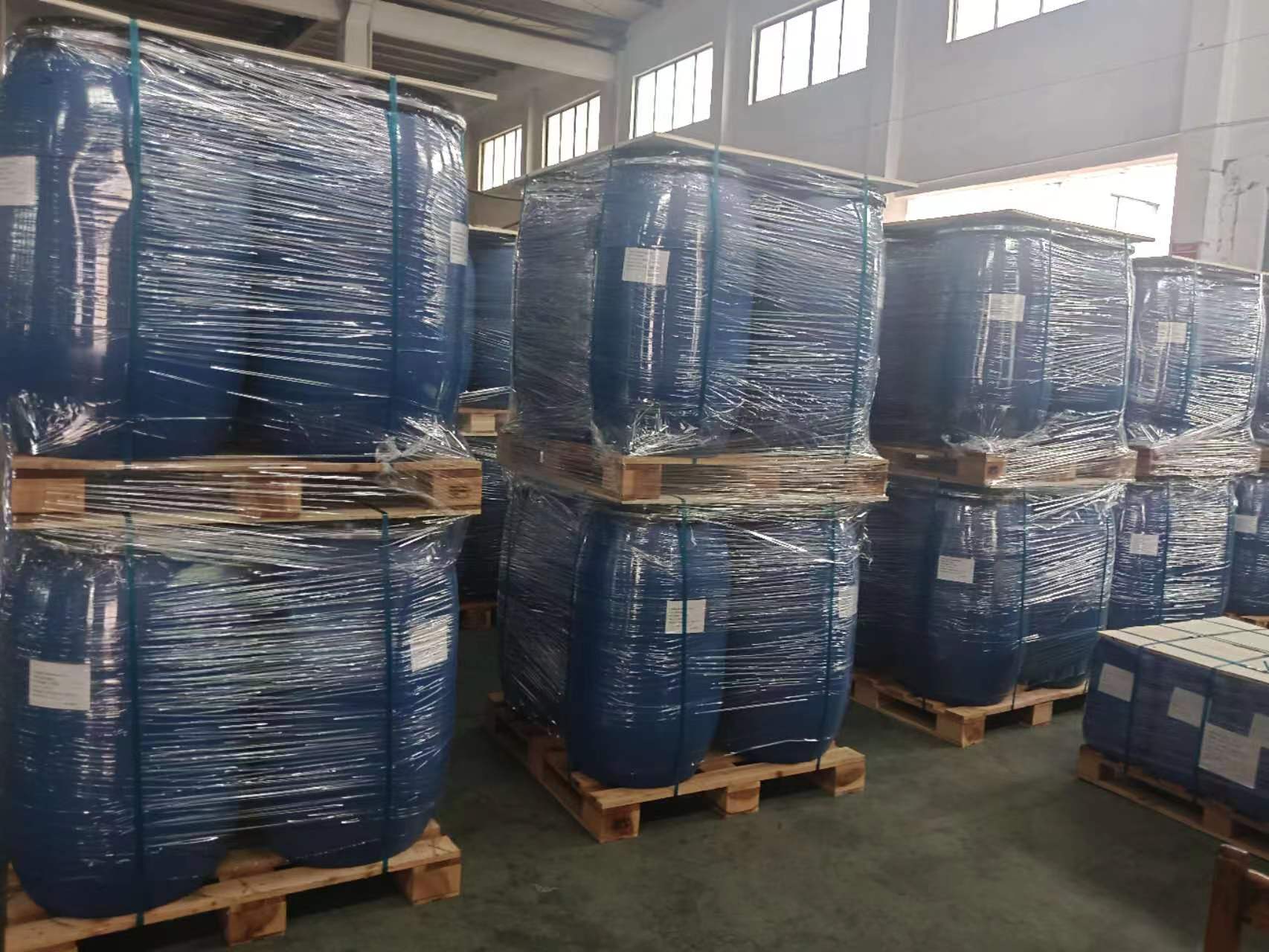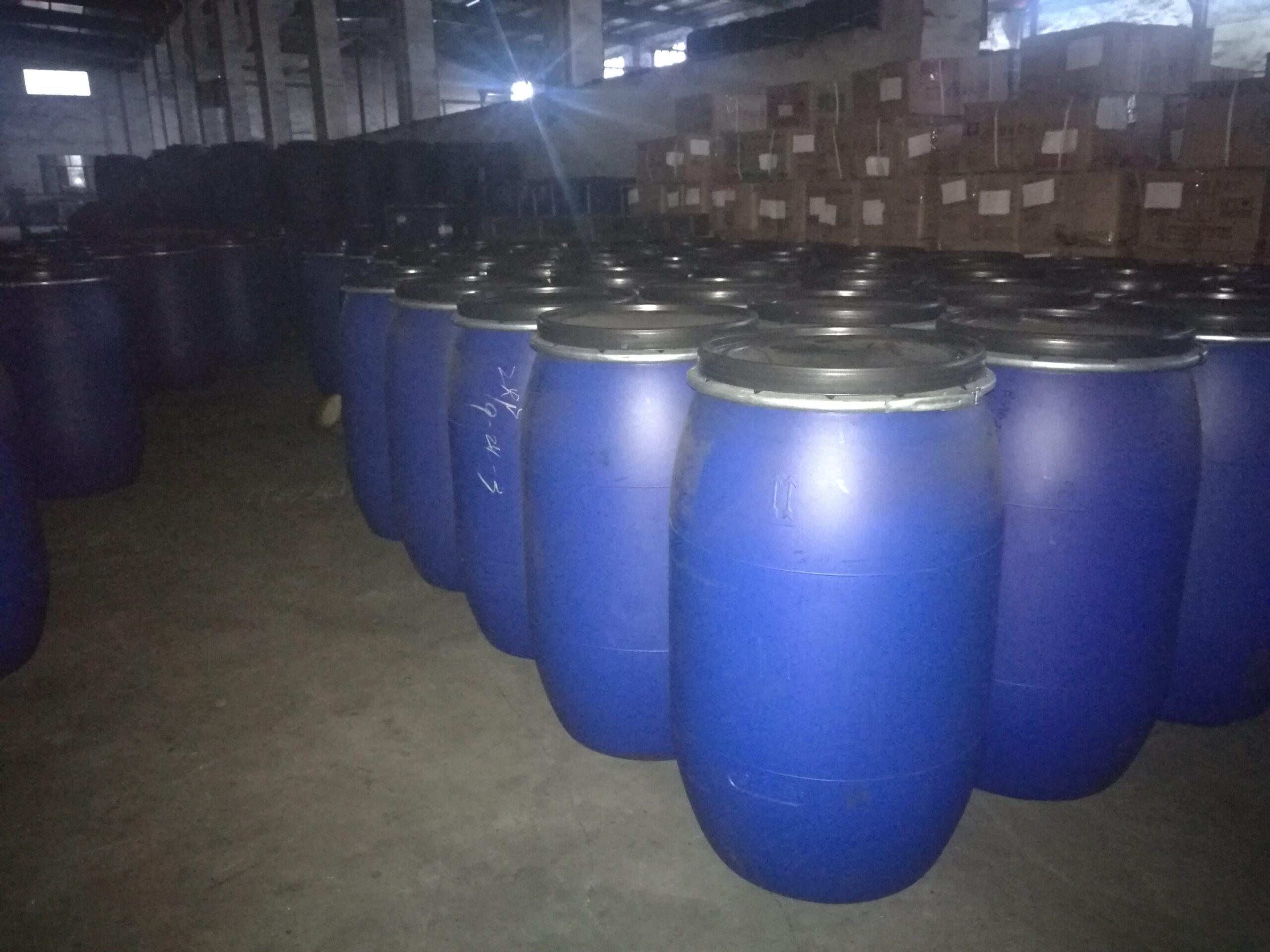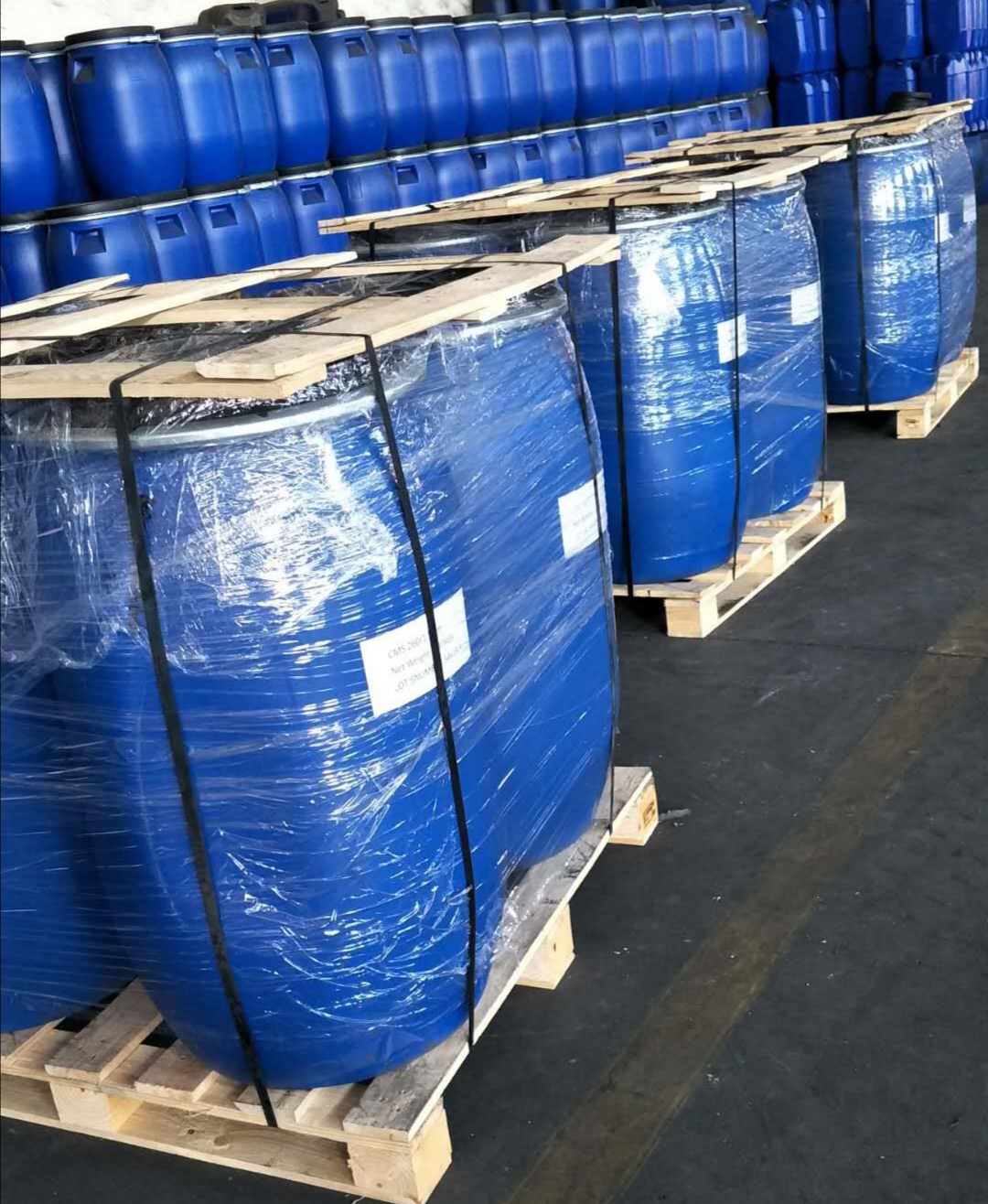About oxygen molecular sieve
Ⅰ.What are oxygen molecular sieve
oxygen molecular sieve, in simple terms, are a kind of magical material that can separate oxygen from the air. It is like a small oxygen filter with a special structure and properties, allowing it to efficiently separate nitrogen and other gases from the air and leave the oxygen we need.
For example, air is like a group of people of various identities mixed together. The oxygen separation molecular sieve is like a security guard, allowing only “Mr. Oxygen” to enter and keeping others outside. Thus, we can obtain pure oxygen.

Ⅱ. Types of oxygen molecular sieve
Zeolite molecular sieves are a relatively common type of oxygen separation molecular sieve. It has a regular honeycomb-like structure of small pores. The size of these pores is just right to allow some small molecule gases such as nitrogen to pass through, while oxygen molecules, which are relatively larger, are left inside. The advantage of zeolite molecular sieves is that they have a high oxygen separation efficiency and can meet the oxygen production needs of some medium-sized oxygen production systems, such as small oxygen production equipment in hospitals and some local areas in factories.
III. Performance Indicators of oxygen molecular sieve
- Adsorption Capacity
This is a very important indicator. It indicates how much gas per unit mass of the oxygen separation molecular sieve can adsorb. The larger the adsorption capacity, the more air this molecular sieve can process under the same conditions, thereby producing more oxygen. Generally, high-quality oxygen molecular sieve can adsorb 40 milliliters of gas per gram. For example, if the adsorption capacity is 50 milliliters/gram, then 10 grams of the molecular sieve can adsorb 500 milliliters of gas, which can provide more gas source guarantees for subsequent oxygen production.
- Oxygen Purity
This indicator directly relates to the quality of the oxygen produced. Oxygen purity refers to the proportion of oxygen in the oxygen produced by the oxygen separation molecular sieve. It is usually expressed as a percentage, such as 90%, 93%, 95%, etc. For oxygen production equipment used in hospitals, the oxygen purity generally needs to reach above 90% to ensure the effect of oxygen inhalation for patients; some high-end industrial production may require higher purity of oxygen, such as above 99%.
- Compressive Strength
Because oxygen molecular sieve need to work under certain pressure conditions, compressive strength is very crucial. Molecular sieves with good compressive strength are less likely to be damaged under long-term pressure and can maintain stable oxygen production performance. If the compressive strength is insufficient, the molecular sieves may be crushed, resulting in oxygen production failure. Generally, oxygen molecular sieve need to be able to withstand several megapascals of pressure. Imagine that if the molecular sieve is compared to a bridge, compressive strength is the weight that the bridge can bear, only if the bridge is strong enough, can vehicles pass safely, and the same is true for oxygen molecular sieve.
- Service Life
This is an important indicator from an economic perspective. It indicates the duration during which the oxygen separation molecular sieve can operate normally. A longer service life of the molecular sieve means a longer replacement cycle and can save users a lot of costs. The service life of oxygen molecular sieve varies depending on different types and usage scenarios. Some can last for several thousand hours, while others can even reach tens of thousands of hours. For example, in some large-scale continuous oxygen production equipment, long service life molecular sieves are needed to reduce frequent replacement downtime and costs.
Ⅳ. Factors Affecting the Performance of oxygen molecular sieve
- Temperature
Temperature has a significant impact on oxygen molecular sieve. When the temperature rises, the adsorption capacity of the molecular sieve for gases will decrease. This is because as the temperature rises, the movement speed of gas molecules accelerates, making it easier for them to escape from the small pores of the molecular sieve. For example, in summer, when the temperature is high, if the oxygen production equipment does not have good heat dissipation measures, the oxygen separation efficiency of the oxygen separation molecular sieve may decrease. Conversely, when the temperature drops, the adsorption capacity will increase, but extremely low temperatures may also bring some other problems. For instance, the water inside the molecular sieve may freeze, affecting its normal structure and performance. Therefore, most oxygen production equipment should be equipped with a suitable temperature control system to keep the temperature within a range that allows the molecular sieve to work efficiently. Generally, this range is around -10℃ to 50℃.
- Pressure
Pressure is also an important factor affecting the performance of the oxygen-producing molecular sieve. Increasing the pressure appropriately can increase the adsorption amount of gas on the surface of the molecular sieve. As the pressure increases, the distance between gas molecules becomes smaller, making them easier to be adsorbed by the molecular sieve. However, the pressure cannot be infinitely increased. If the pressure is too high, it may damage the structure of the molecular sieve. For example, in some oxygen production equipment, the intake pressure is controlled within a certain range, typically around 0.5 to 15 megapascals. This ensures sufficient adsorption capacity while not causing excessive pressure on the molecular sieve.
- Gas humidity
Gas humidity has a significant impact on the oxygen-producing molecular sieve. If the air humidity is high, water will occupy some micropores of the molecular sieve, reducing the adsorption capacity of the molecular sieve for target gases such as oxygen and nitrogen. It’s like a room that was originally meant for people to live in, but now there is a lot of water occupying the space, making it difficult for people to live. Therefore, before oxygen production, it is usually necessary to dry the air and control the humidity at a relatively low level. Generally, it should be controlled below the dew point temperature of -40℃ to ensure that the oxygen-producing molecular sieve can perform at its best.
- Impurity gases
If the air contains impurity gases, such as carbon dioxide and carbon monoxide, they will have an adverse effect on the oxygen-producing molecular sieve. These impurity gases will occupy the adsorption sites of the molecular sieve, reducing the adsorption effect of the molecular sieve for oxygen and nitrogen. Moreover, some impurity gases may react chemically with the molecular sieve, damaging its structure. For example, carbon dioxide will react with the metal ions in the molecular sieve, leading to a decrease in the performance of the molecular sieve. Therefore, before the air enters the oxygen production equipment, it should be filtered to remove impurity gases, ensuring that the air entering the oxygen-producing molecular sieve is as pure as possible. This can ensure that the oxygen-producing molecular sieve can perform at its best.

Ⅴ. Applications of oxygen-producing molecular sieves
- Medical industry
In the medical field, oxygen-producing molecular sieves play an extremely important role. In hospital wards, many patients need oxygen to alleviate their conditions. The oxygen produced by the oxygen-producing molecular sieve can meet the oxygen inhalation needs of patients. Moreover, hospital oxygen production equipment usually has a high requirement for oxygen purity, typically reaching 90% to 95%, to ensure the treatment effect of patients. Oxygen-producing molecular sieves are also used in some emergency equipment, such as ambulances and emergency centers. In critical moments, they can provide patients with high-purity oxygen in time, saving lives. For example, during emergency treatment, if a patient experiences breathing difficulties, the oxygen production equipment relying on the oxygen produced by the oxygen-producing molecular sieve can provide patients with precious time for treatment.
- Industrial sector
In industrial production, oxygen-producing molecular sieves are indispensable in many places. For instance, in steel mills, a large amount of oxygen is needed during the steel-making process. Through oxygen-producing molecular sieves, high-purity oxygen can be continuously provided for steelmaking, improving the efficiency of steelmaking. The chemical industry also requires oxygen. The oxygen produced by oxygen-producing molecular sieves can be used as an oxidant in some chemical reactions. Some electronics factories, during certain production processes, need to be conducted in an oxygen-free or low-oxygen environment. At this time, oxygen-producing molecular sieves can be used to produce protective gases to ensure that the production environment meets the requirements. For example, in the chip lithography process of electronic chip manufacturing, the nitrogen gas produced by the oxygen-producing molecular sieve can prevent the surface of the chip from oxidizing, improving the quality of the chip.
- Aerospace sector
Aerospace has extremely high requirements for oxygen supply. When an aircraft is flying at high altitudes, it is necessary to provide oxygen suitable for passengers to breathe in the cabin. The oxygen production molecular sieve system can extract sufficient oxygen from the thin air at high altitudes to ensure the normal oxygen content in the cabin. In spacecraft, such as space stations, the oxygen production molecular sieve is even more indispensable. Astronauts in space stations, who are in a long-term space environment, can use the oxygen production molecular sieve to convert carbon dioxide in the space station into oxygen, achieving oxygen recycling and ensuring the survival and working environment of the astronauts. For example, the exhaled waste gas of astronauts contains carbon dioxide, which can be converted into breathable oxygen through the special treatment of the oxygen production molecular sieve, providing continuous life support for the astronauts.
- Applications in daily life
In daily life, oxygen production molecular sieves also have many applications. Household oxygen generators are becoming increasingly popular. They use the principle of oxygen production molecular sieves to provide a convenient oxygen inhalation method for some patients with respiratory system diseases. Users can produce oxygen at home at any time to improve their breathing conditions. Some small oxygen production equipment is also used in aquaculture, providing sufficient dissolved oxygen for fish in the water, promoting fish growth. For example, in some large-scale fish farms, the oxygen produced by the oxygen production molecular sieve is sent through pipelines to the fish ponds to ensure adequate oxygen content in the water and increase fish production.
Ⅵ. Use and maintenance of oxygen production molecular sieves
- Installation precautions
When installing oxygen production molecular sieves, pay attention to the installation environment. First, the installation space should be kept dry and well-ventilated to avoid installation in a damp and hot environment, as this will affect the performance of the molecular sieve. The installation location should also be convenient for maintenance and repair, making it easy to inspect, replace, and operate the oxygen production molecular sieve in the future. For example, if the installation environment is dark and damp, the molecular sieve is prone to moisture, reducing its adsorption performance; while an inconvenient installation location makes it difficult to maintain, making it difficult for maintenance personnel to operate when the oxygen production molecular sieve has a problem, which may delay the repair time.
- Startup and operation
Before starting the oxygen production equipment, ensure that all components, including the oxygen production molecular sieve, are installed correctly and securely connected. Start the equipment following the operating procedures, first turning on the power, then slowly adjusting the inlet pressure, temperature, etc., to gradually bring the equipment into normal operation. During operation, closely monitor various indicators of the equipment, such as oxygen purity, pressure, temperature, etc. If any abnormal indicators are found, analyze the cause and make adjustments. For example, if the inlet pressure is adjusted too quickly when starting, it may impact the oxygen production molecular sieve, affecting its service life; during operation, if the oxygen purity suddenly drops, check for the entry of impurity gases or the failure of the oxygen production molecular sieve.
- Key points of maintenance and care
Regular maintenance and care of oxygen production molecular sieves are crucial. Regularly inspect the appearance of the molecular sieve to see if there are any damages or deformations. Also, regularly replace the filter device to prevent impurities from entering the oxygen production molecular sieve. Periodically regenerate the oxygen production molecular sieve to remove the adsorbed impurity gases and restore its adsorption performance. For example, use nitrogen gas to reverse blow the molecular sieve every few months to remove impurities adsorbed in the micro-pores of the molecular sieve. And follow the requirements of the equipment manufacturer to replace the oxygen production molecular sieve regularly. Generally, after several years of use, the performance of the molecular sieve will gradually decline, and it is necessary to replace it in time to ensure the normal operation of the oxygen production equipment.
- Common faults and solutions
During the oxygen production process, some faults may occur. For example, the oxygen production efficiency decreases, which may be due to the saturation of the molecular sieve or excessive gas humidity. At this time, the molecular sieve should be regenerated. If the oxygen purity is insufficient, it may be due to the entry of impurity gases or the aging of the molecular sieve. Check if the filter device is ineffective, and replace it in time if necessary. Also consider replacing the aged oxygen production molecular sieve. For example, if the oxygen production equipment frequently alarms about the unqualified oxygen purity, after inspection it is found that the filter device is blocked. After replacing the filter device, the oxygen purity gradually returns to normal. This indicates that the cause of the fault has been identified and resolved.
The oxygen molecular sieve is like a magical key that opens the door for us to obtain oxygen. It has brought convenience and security to our lives and production in many fields. We can only understand its various knowledge thoroughly, use and maintain it correctly, and then it can exert its maximum effect and better serve all aspects of our lives and industrial production, etc.



